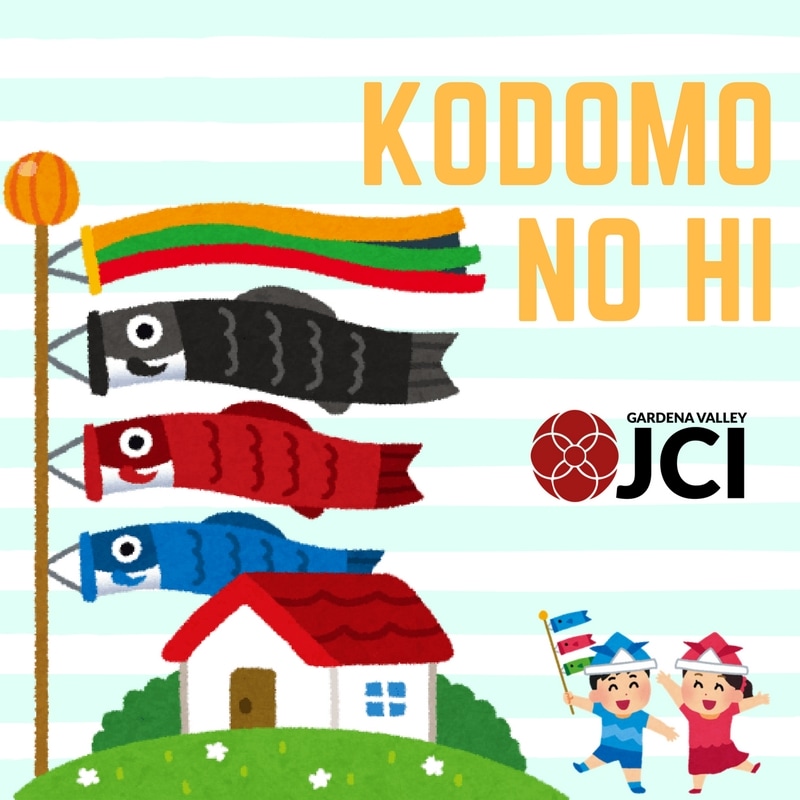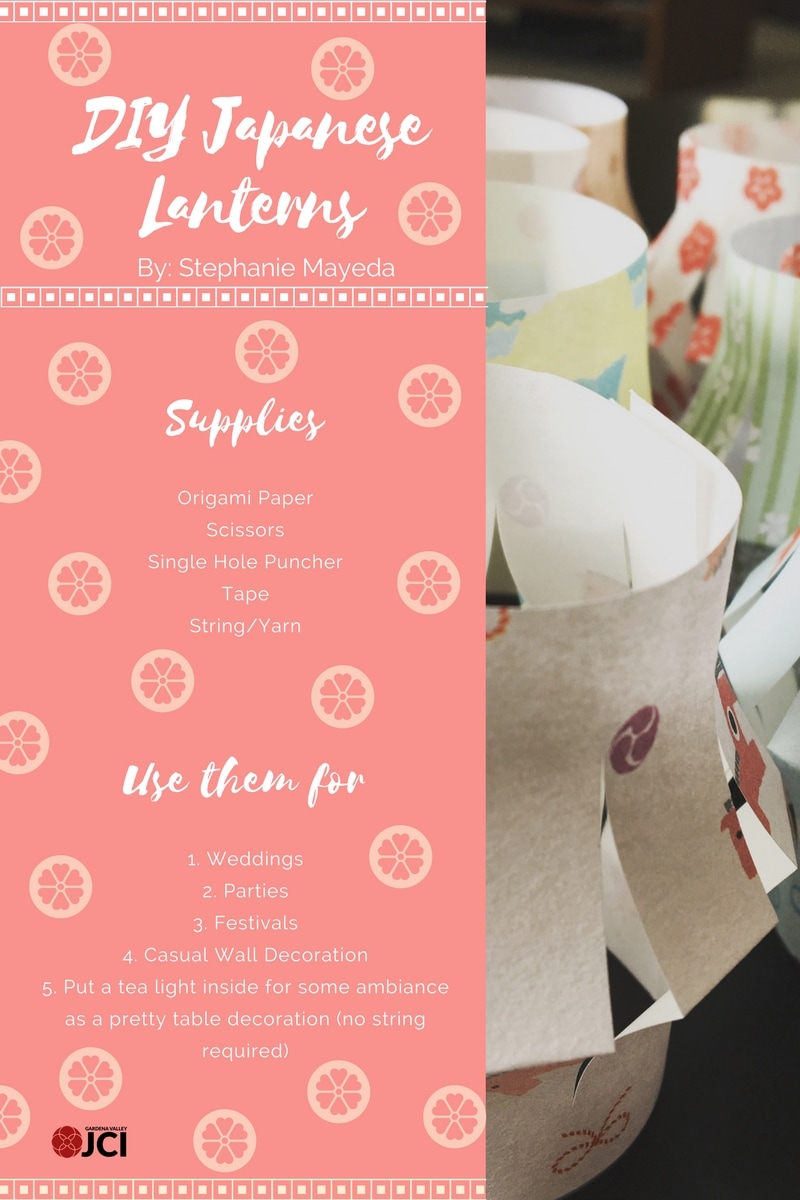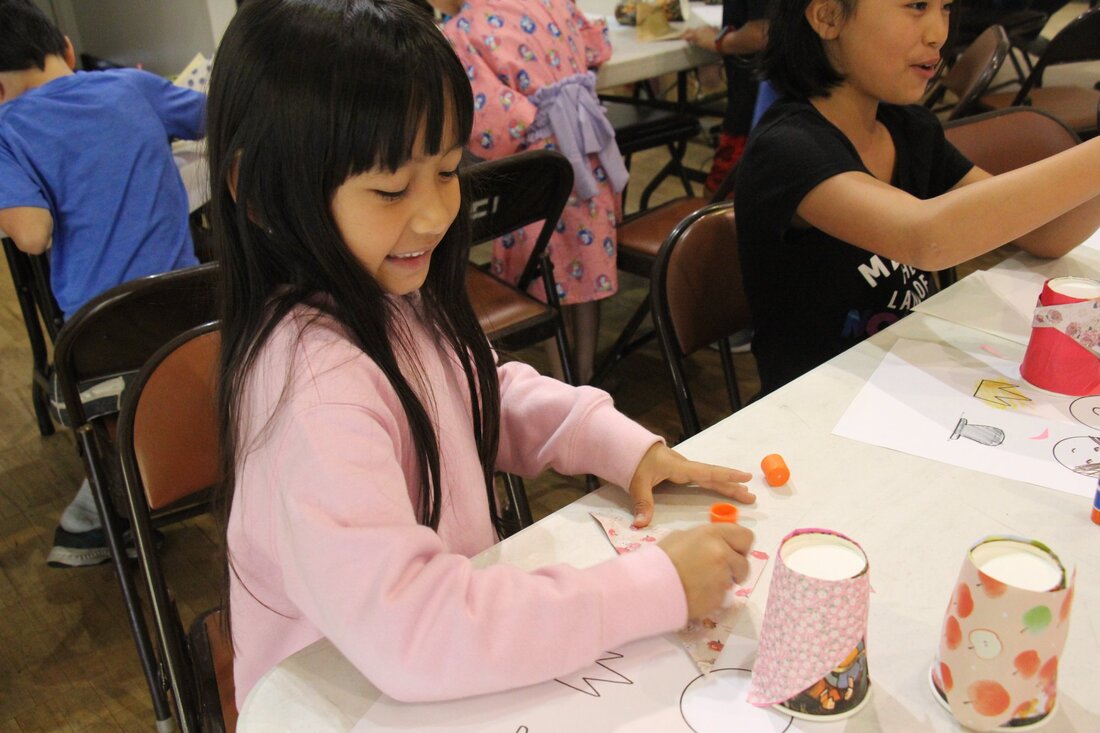But in Japan, March 14th is known for a completely different holiday - White Day. White Day?? If it weren't for this holiday, Japan may be celebrating Pi Day too. After all, they too like their pun holidays (November 11 is known as Pocky day because the 11/11 look like Pocky sticks.)
Now, White Day. March 14th? Does the date seem kinda familiar? That's right, it's exactly a month after Valentine's Day. There are several theories on how and why this holiday actually started, but the most popular theory is that in the 70s, the confectionery industry started it up as "return day" for men to say thank you to the women that gave them chocolates (and their hearts, maybe) a month before. Hallmark Holiday, much? Totally.
Their plan worked though, because White Day is still a thing now. Originally, it was called "White Day" because it was marketed to sell marshmallows. From there, it evolved to white chocolate, and now today, there's everything from regular chocolate to jewelry as a return gift. Now, White Day is celebrated not only in Japan, but in many Asian countries, including South Korea, Vietnam, and China.
Speaking of South Korea...Didn't receive anything on either days? Don't worry, there's always Black Day next month on the 14th where singles who didn't receive anything on the past two months eat jajangmyeon (I'll give you a hint - it's black-ish looking) in misery 😉





 RSS Feed
RSS Feed
